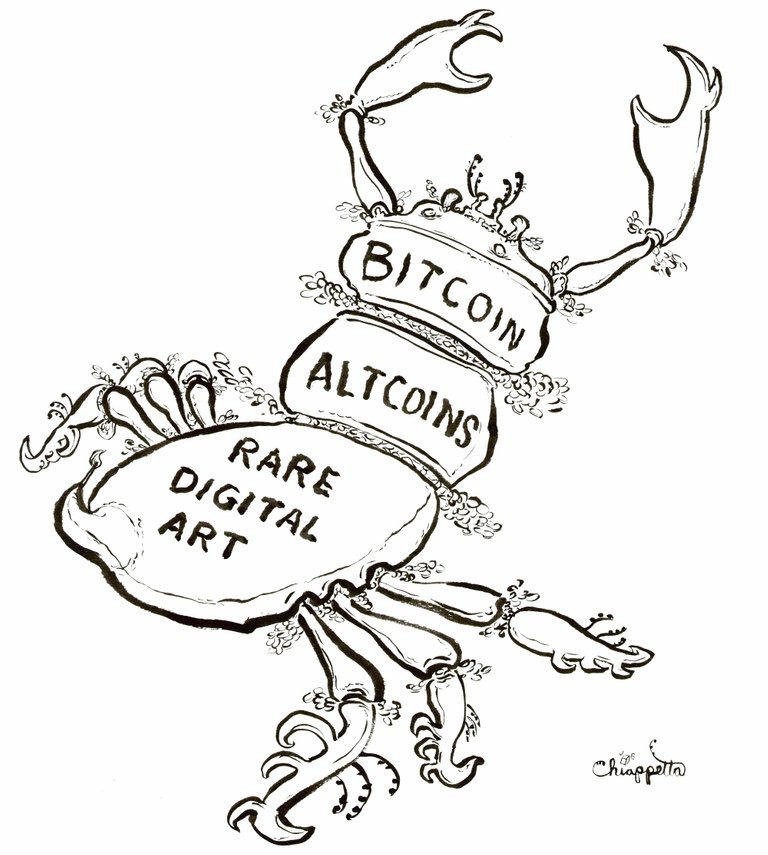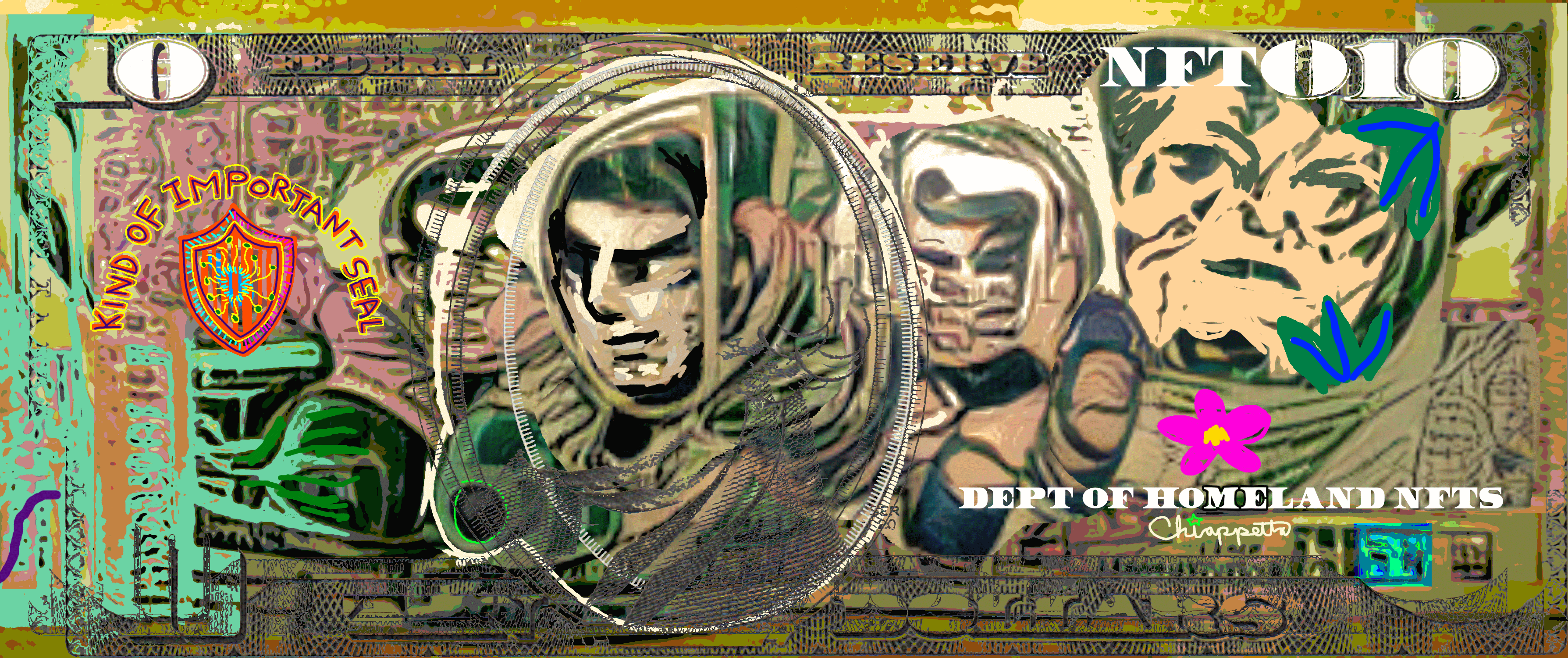
Art Is Money: 10 Tips & Truths
Economics, art, and blockchain fell into a blender and out popped NFTs.
By Joe Chiappetta
NFTs Take Large Share of Total Art Market Sales
The rare digital art NFT industry has become a very large economic engine in the past few years. If current sales and adoption trends continue, it could eventually surpass other sectors of the art market. According to the Art Basel & UBS report, which includes data from only a few blockchains, 2021 NFT sales reached $11.1 billion USD, with the entire art market in all sectors totaling at $65.1 billion USD. This means 17% of all art sales came from rare digital art! That percentage is even higher since sales figures from the highest-volume blockchain for rare digital art, WAX, were not included in the report. In fact, according to DappRadar, 2021 NFT sales were nearly $25 billion.
What Is Rare Digital Art Again?
With experimental origins tracing back to 2014, rare digital art is widely known today by the more common term, NFT, which stands for "nonfungible token." Comprised of digitally scarce fine art pieces, rare digital artworks are each attached to a unique cryptographic token--also known as a cryptocurrency. A record of who owns this unique (AKA non-fungible) token and its attached art is readily available on a specific internet-powered blockchain. One of the big deals here is that once a person accepts that the art and the token are tied together, trading of art NFTs on a global scale becomes instant--and for a number of blockchains--almost as easy as sending an email.

NFT Tips & Truths
The market innovation behind NFTs expose a number of economic and artistic realities in auditable ways. Art has always had the potential to be a friendlier form of money. In fact, physical money traditionally has art on its face as a given; think of all the portrait art on metal coins and paper currency. The imagery is meant to be welcoming and trust-bringing. Isn't that also what art often does?
Using the blockchain and smart contract tech that makes rare digital art function as money and art simultaneously, gift-giving, patronage, art stewardship, and trading all take on a more accountable role. The economics of who bought (or gifted) what art from whom, when, and for how much are meticulously broadcast on blockchains for all to see. Like traditional physical currency with a huge ecosystem behind it, NFT art--with its growing global ecosystem--can now also be just as welcoming, trust-bringing, or even more so. Plus, because art can be fun, "money" in the form of NFT art, becomes fun too.

Below are just some of these game-changing truths that NFTs make more obvious.
- Money is art and vice versa.
- Currency can be created by anyone.
- Art can be created by anyone.
- Money can be created by anyone.
- Everyone (and anyone) can be an artist.
- Everyone (and anyone) can tokenize anything.
- Anything that can be tokenized, will be tokenized.
- Art has always been a game.
- Money has always been a game.
- Powering art and money, internet access becomes even more of a human right.
May you power-up to play the art/money game well... and enjoy it.
The full art from the first painting this article (and more) can be found in ArtVndngMchn Series 3 Fine Art NFT packs.
Genius! "Economics, art, and blockchain fell into a blender and out popped NFTs." I LOVE IT!!!!
Great post Joe!!